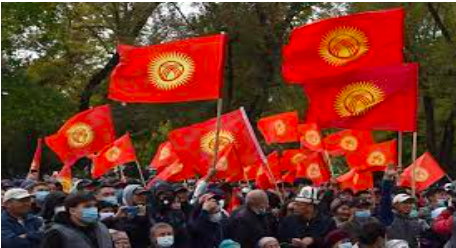Indian Chinese
Posted on : October 21, 2019Author : AGA Admin

The history of India’s Chinese community is part of a larger global narrative about the Overseas Chinese, who began emigrating during the period of the Late Qing dynasty (1644-1911), that was marked by internal unrest and European territorial concessions at its treaty ports. Half a century back, India had a vibrant ethnic Chinese population, living mostly in Calcutta and Bombay. Calcutta had two China Towns: Old China Town (Cheenapara), centred on Colootola Street and Dr. Sun YatSen Road and New China Town (Dhapa or Tangra) on the outskirts of Calcutta, during the Second World War. It was famous for the tanneries, run exclusively by local Chinese. Bombay also had two China towns, if smaller than Calcutta’s, located on Nawab Tank Road (Mazagaon) and Shuklaji Street (Nagpada). Today most of these earlier locales of Chinese dominance have shrunk and are mostly marked by eateries, tanneries and temples dedicated to Kwan Tai, Confucius, and even a Chinese temple worshipping Hindu Goddess Kali (in Tangra in Kolkata). The diaspora once possessed more prominent markers like mahjong clubs, grocery stores (which Calcutta still has) and schools, to printing presses and hawkers selling dim sums, noodles and soup. The first recorded presence of a Chinese person in Calcutta is Acchi (Yang Da Zhao) in 1778, believed to be a sailor on a Chinese merchant ship that was caught in a storm in the Bay of Bengal, the ship and crew taking refuge in Calcutta harbour. The then Governor General of British India, Warren Hastings, gave Acchi a grant of land (400 acres in what is today Kolkata’s Achipur/Ichhapur) to develop a sugar plantation, sugar mill, and piggery, whereby pork and lard could be supplied to the English residents. He was also permitted to bring a batch of 110 Chinese workers from China, who quickly abandoned him when enticed by other resident Chinese – this suggests an earlier presence of the community – to take up more lucrative vocations. Hastings further allowed Acchi to import indentured labour from China which marked the beginning of Calcutta’s Chinese settlement. According to the India Census of 1951 and 1961, the population of ethnic Chinese peaked at 9,215 and 14,607 respectively, though community members speak of Calcutta alone having a population of about 30,000 Chinese. The 1962 War created a temporary climate of distrust as the Chinese living in Calcutta and Bombay were monitored and their businesses boycotted. Two years later, with the Communist takeover of mainland China, there was an abrupt breakdown in communication between Indian Chinese and their networks in China. That strengthened their ties with India. They now invested their earnings in business and property in India itself. The current Chinese population living in India mostly consider themselves as naturalized Indians—with a brotherhood spread across continents.




